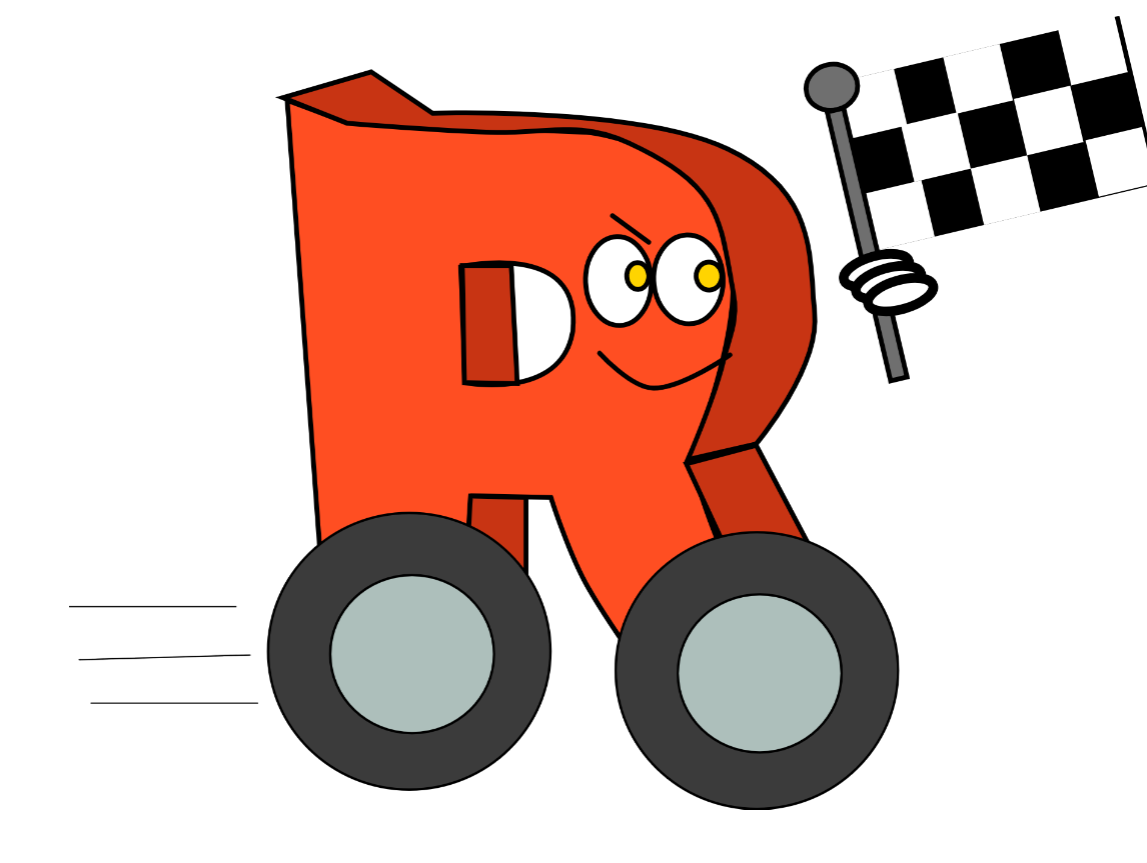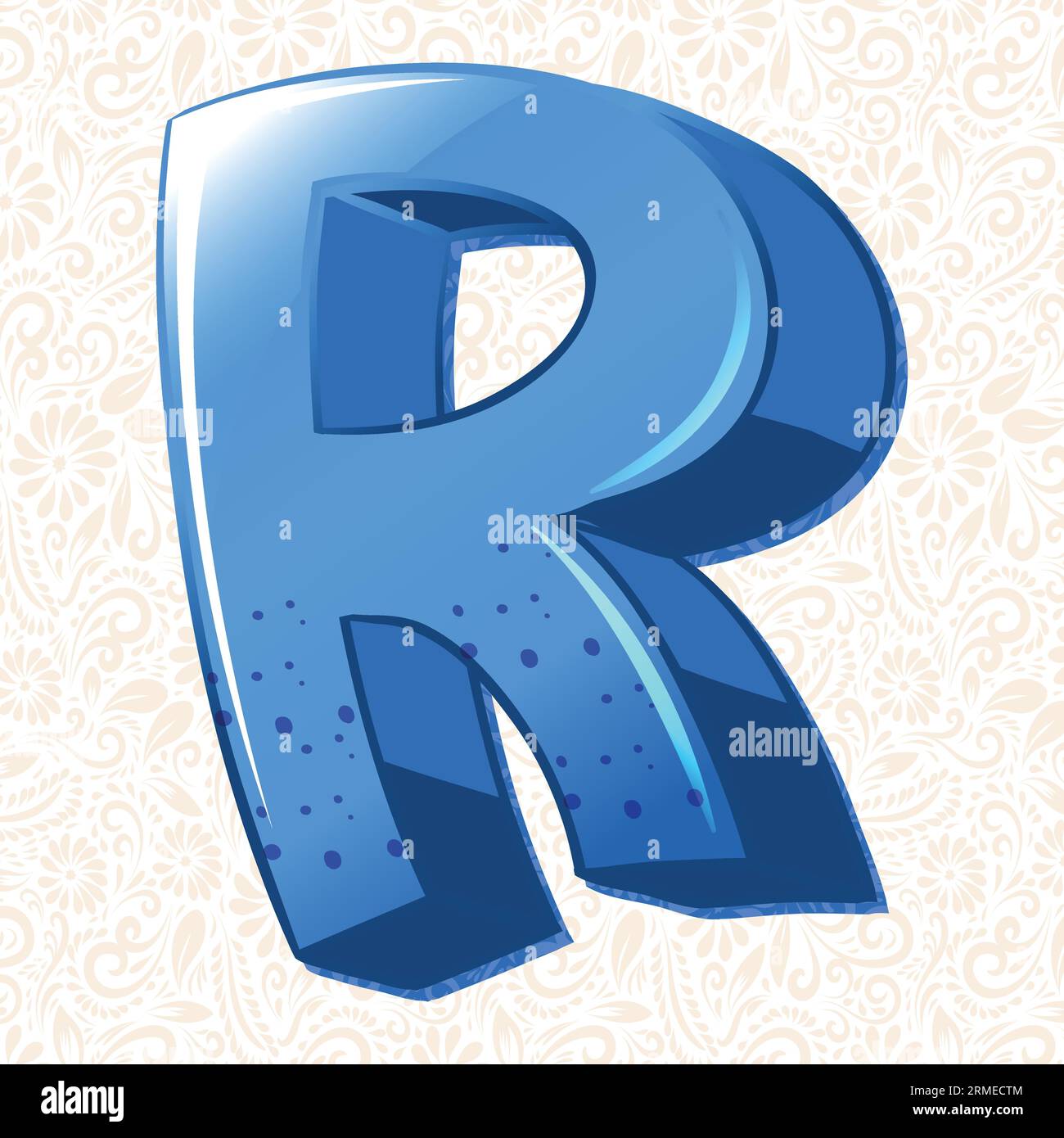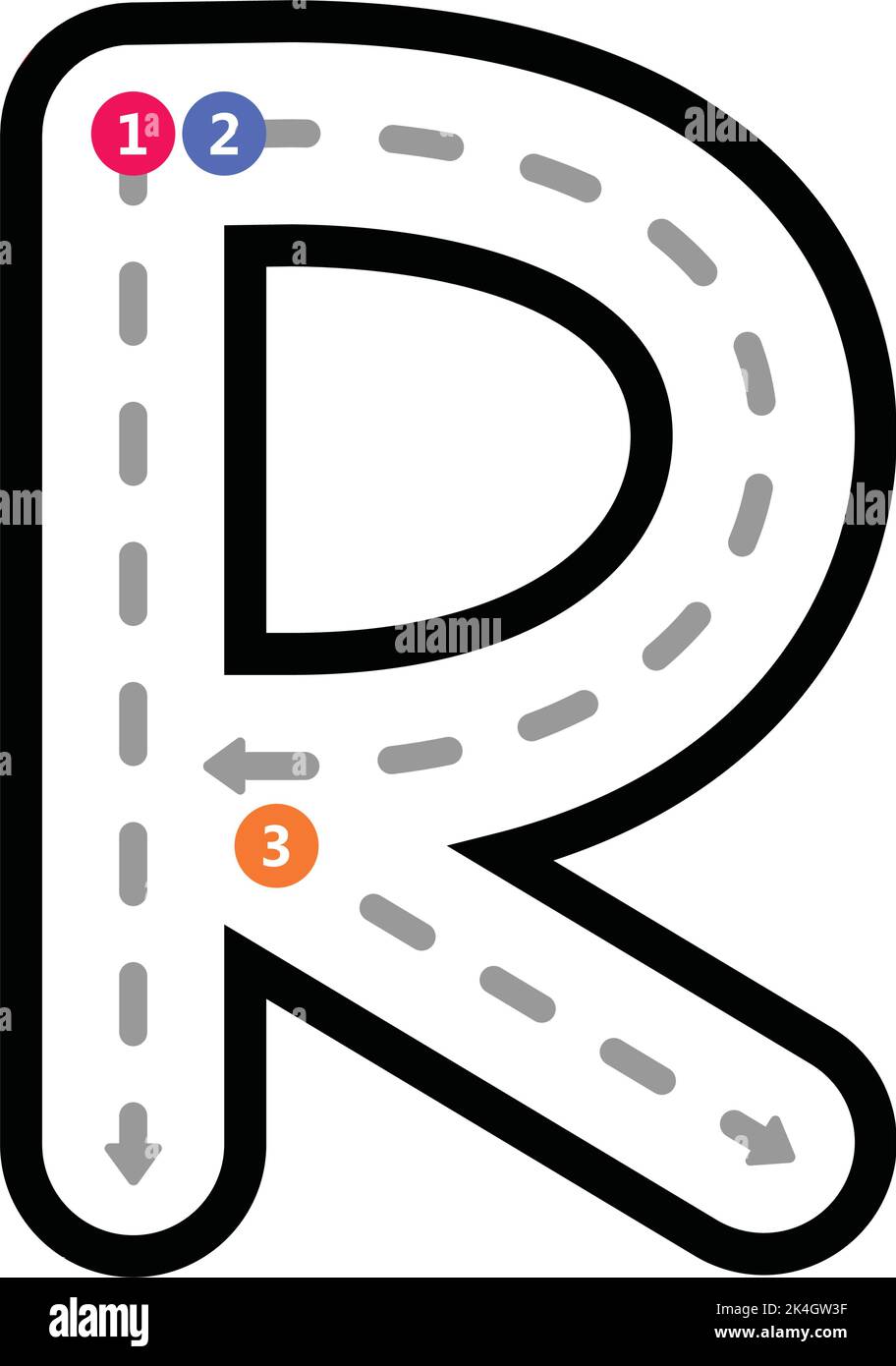R&B Rock - A Blended Sound Story
When we talk about music that truly moves you, that gets into your very being, you know, it's almost impossible not to think about the deep connections between rhythm and blues and rock music. These two kinds of sound, you see, have always had a special relationship, growing up together in many ways and influencing each other in big, big measures. It’s a story of shared beginnings, of different paths, and then, in a way, coming back together again, creating something really powerful for listeners everywhere.
The journey of what we call R&B, which is short for rhythm and blues, started quite a while ago, specifically within African American communities during the 1940s. It was a time, too, when a particular kind of sound, one that had a bit of a rocking feel and drew from jazz, along with a strong, steady beat, was starting to get a lot of attention. This music, which was originally described by record companies, was mostly for African American listeners, you know, helping to give it a special place in the hearts of many.
This deep connection, this kind of shared history between R&B and rock, is something worth looking at closely. It tells us a lot about how music grows and changes, and how different styles can, actually, blend to make something new and exciting. So, we're going to explore where these musical forms began, how they mixed, and what their lasting presence means for the sounds we hear today, more or less.
- Dominatrix Songs
- Image Of A Black Bear
- Is Richard Gere Sick
- Halle Berry Sexiest Pictures
- Is Georgie Farmer Single
Table of Contents
- What is R&B Rock, Really?
- How Did R&B and Rock Music First Meet?
- Did R&B Rock Change Over Time?
- Where Does R&B Rock Stand Today?
What is R&B Rock, Really?
Rhythm and blues, often shortened to R&B or sometimes even R'n'B, is a kind of music that became very popular, and it first came into being, as we mentioned, within African American communities. This happened in the 1940s, a time when music with a sort of rocking feel, you know, something that had roots in jazz and carried a really strong, driving beat, was beginning to find a lot of favor with listeners. The name itself, "rhythm and blues," was put into use by record companies to describe songs that were mainly put out for African American listeners. It was a way, you see, to help people find the kind of music they were looking for, which was becoming more and more a big hit.
The actual phrase "rhythm and blues" was thought up by a person named Jerry Wexler back in 1947. At that time, he was working on the music charts for a trade magazine called Billboard. He found that the record companies that put out music for black popular audiences were not happy with the names being used for the charts then. These older names, like "Harlem Hit Parade," "Sepia," or "Race," were seen as not quite right. So, Mr. Wexler came up with a new term that felt more fitting and respectful for this lively new sound. This change, apparently, helped to give the music a clearer and more appropriate identity, which was pretty important for its growth.
When we talk about the sound itself, classic R&B from the 1940s, 1950s, and 1960s, it's held together by a few important things. There's often a big focus on the singing, perhaps even more so than the instruments playing. The instruments used are usually the ones you'd expect to find in popular music, like guitars, drums, and bass. In the Southern parts of the United States, this music took on a somewhat harder and tougher feel. It leaned heavily on rhythms that were a bit off-beat, vocals that felt very raw and full of emotion, and horns that would just blare out with a powerful sound. These elements, you know, all worked together to give R&B its special character, setting the stage for what was to come.
- Chanel Sunglasses Celebrity
- David Patrick Ohara
- Nude Hookup
- Nate Bargatze Sitcom
- Is Snoop A Trump Supporter Now
The Birth of R&B Rock Sounds
The connections between R&B and rock music were present from the very start. Rock and roll, which is often written as "rock & roll" or "rock 'n' roll," is a kind of popular music that got its start and developed in the United States. This happened during the late 1940s and early 1950s. It grew out of many different musical styles, including gospel music, jump blues, jazz, boogie woogie, and, of course, rhythm and blues, along with country music. So, in a way, you can see that R&B was a key ingredient in the recipe for rock and roll, lending its powerful beat and soulful feel to this emerging new sound. It's really interesting how these different sounds, basically, mixed together to form something new.
The term "rhythm and blues," as we've noted, became common in the 1940s. It took the place of "race music" as a general way to describe all African American music for marketing purposes. But, it's worth noting that it usually referred to music that was not religious, just everyday songs. The term first showed up in commercial recordings in 1948. That's when RCA Victor Records started using the phrase "blues and rhythm music" to describe African American songs that weren't about religious themes. This early usage shows, too, how the industry was trying to categorize and sell this music to a wider audience, even as it was still defining itself.
During the time when R&B was first becoming known, many of the big names in this type of music were actually called both R&B and rock musicians. This shows just how much these two styles overlapped in their early days. By the 1950s, R&B still shared many musical qualities with rock music. However, as widespread separation based on race became more common, the music styles began to take on different racial meanings. This, you know, eventually led to them being seen as more distinct, even though their musical roots were so deeply intertwined, which is a bit sad, really.
How Did R&B and Rock Music First Meet?
The meeting of R&B and rock music wasn't just a casual hello; it was a deeply connected dance from the very beginning. As we touched on, rock and roll itself sprang from a variety of musical traditions, with rhythm and blues being a central part of that mix. Think of it like this: R&B provided a lot of the energy, the feeling, and that strong, driving beat that rock music would come to be known for. So, you can see how, in some respects, R&B was a direct ancestor, or perhaps a very close relative, to the rock sound that would capture the ears of so many. It's almost as if rock took the pulse of R&B and made it its own, but with a different kind of voice, too.
One particular kind of song, often called a power ballad, really brought R&B and rock music together in a powerful way, creating some of the most memorable and easily recognized songs by certain artists. There was, for example, a song that began its life as a country tune, written with the help of Stevie Nicks. But this very long song got a complete change, a kind of musical makeover, and became one of the best R&B hits of the 1980s. This transformation really shows how the elements of R&B, its soulful singing and rhythmic feel, could take a piece of music from one style and make it something entirely different and very successful, pretty much showing its versatility.
Record labels, like Atlantic Records, played a very big part in getting R&B music out to a wide audience. They helped to spread this music to both black and white listeners, which was a significant step in its journey to becoming a mainstream sound. This effort meant that more people, regardless of their background, could hear and enjoy the powerful sounds of R&B, helping it to grow its reach and influence. It's clear that these labels were, in a way, bridges for the music, allowing it to cross over into different communities and become a shared experience for many, you know, which is really cool.
Early R&B Rock Connections
The shared qualities between R&B and early rock and roll were quite strong. Both types of music often featured a prominent rhythm section, with drums and bass providing a steady, compelling pulse. The use of guitars, often played with a raw, energetic feel, was also a common thread. However, as time went on, and particularly in the 1950s, a separation began to happen. While the music itself still had many similar characteristics, the genres started to pick up racial meanings because of the widespread separation of people based on race. This meant that R&B was increasingly seen as "black popular music," while rock began to be marketed more towards white audiences, which is a bit of a complex story, really.
This idea of rock being "white people's blues" is something that was sometimes said, suggesting that rock took the fundamental feelings and structures of the blues, which were central to R&B, and presented them in a way that appealed to a different group of listeners. This distinction, in some respects, highlights how musical styles can be shaped not just by sound, but also by social conditions and how they are presented to the public. It's a reminder that music, as a matter of fact, often reflects the larger world around it, including its divisions and changes, which is quite interesting to think about.
Despite these growing differences in audience, the musical family tree shows a clear connection. R&B was, you know, the basis for much of what rock and roll became. The powerful rhythms, the passionate singing, and the raw feeling that defined early R&B were all elements that rock music absorbed and then, apparently, built upon. So, even as the genres started to go their separate ways in terms of who they were marketed to, their musical DNA remained deeply linked. This shared heritage means that when you listen closely, you can still hear the echoes of R&B in much of the rock music that came after it, which is pretty neat.
Did R&B Rock Change Over Time?
Music, like everything else, doesn't stand still. As the decades passed, R&B music, you know, went through many shifts and developments. It changed, it grew, and it was also taken up and used by a great many artists all over the world. This process
- Masked Singer Who Went Home
- Jason Spillers
- Madtv Ups Guy
- Cyber Monday Sale Air Purifier
- Shake Shack Chicken Sandwich Deal

Letter Factory R by BrownFamily1013 on DeviantArt

R Letter Alphabet

Letter R Tracing Page